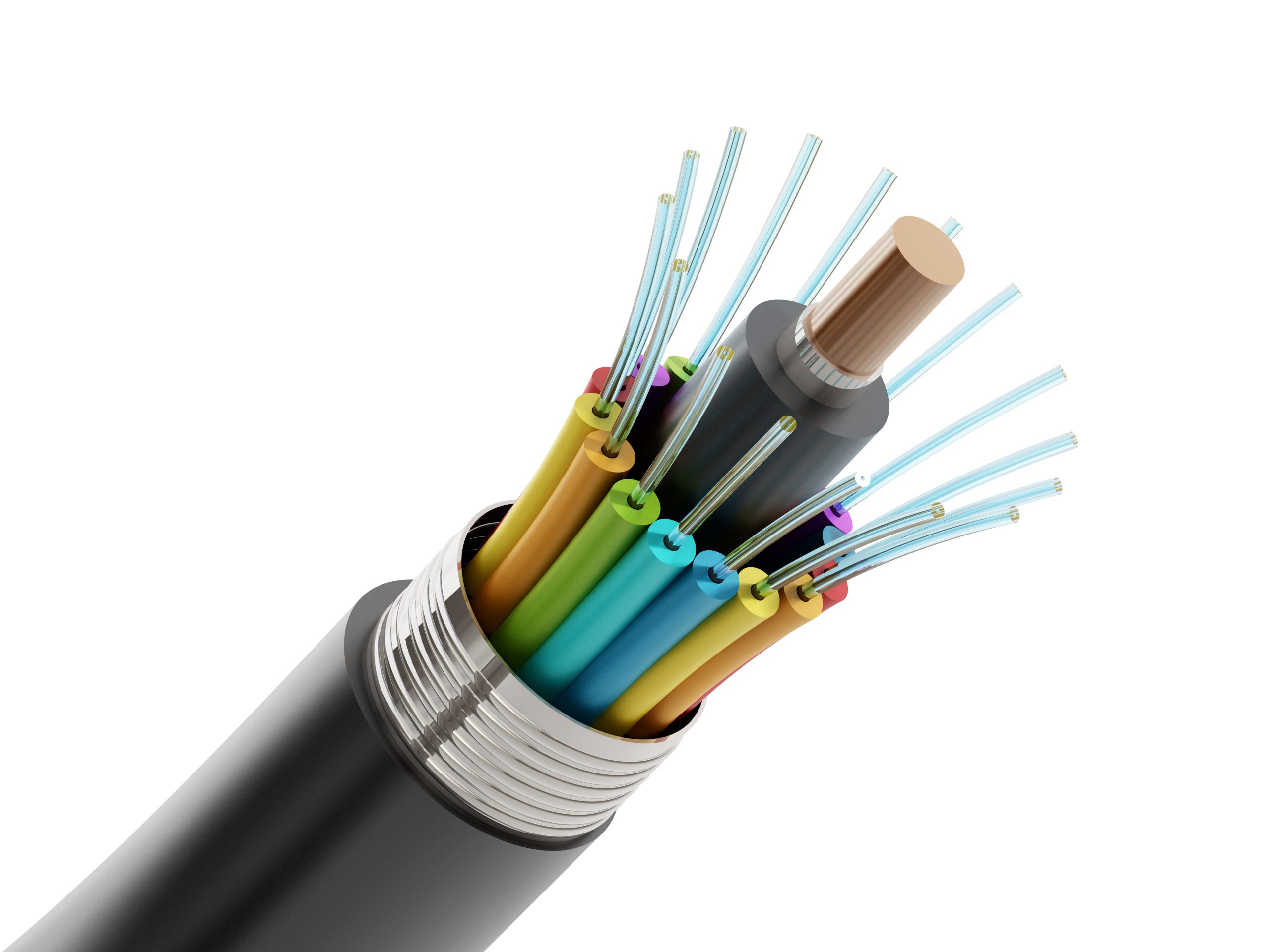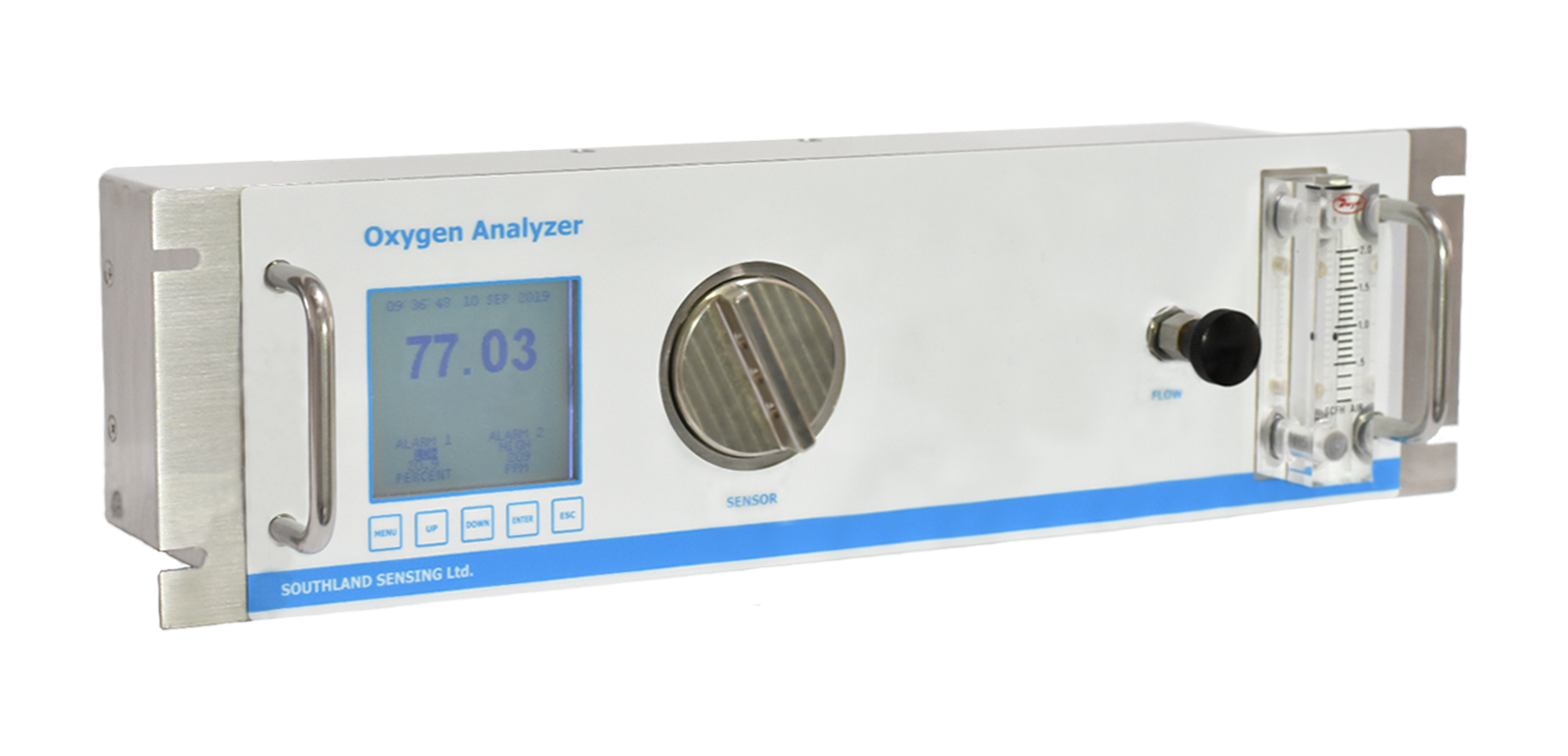An optical fiber cable is made up of hair-fine filaments of silica glass which allows data to be transmitted via light. One method of manufacturing fiber optic filaments for cables is known as modified chemical vapor deposition, which produces a low-loss fiber well-suited for long-distance cables. In this process a solid cylindrical core of silicon dioxide with cladding is created, then heated and drawn into long, thin fibers.
To start creating the core, layers of silicon dioxide are deposit on a hollow rod by passing pure oxygen along with other chemical vapors such as silicon tetrachloride through the rod while keeping it at high temperatures. The resulting glassy soot will become the core after it is built up to the desired thickness. The core is then moved through other steps to remove moisture and bubbles that may be present, and in the process the rod and soot layers solidify into highly pure silicon dioxide. The core is then passed through a furnace, where a molten glass gob forms at the end then falls away, drawing a single, thin optical fiber that is then drawn out and cured before being wound on a spool.
It is also often useful and economical to generate the pure oxygen needed on-site, using a pressure swing adsorption (PSA) generator, and oxygen measurement is required to ensure that the gas is the correct purity level and there are no leaks in the system letting ambient air contaminate the gas. Our analyzers capable of measuring high purity oxygen range from the 19” rack mount and OMD-775, to the portable OMD-740 which utilize advanced temperature and pressure compensation to allow for accuracy up to 0.01% in the 90-100% O2 range.


